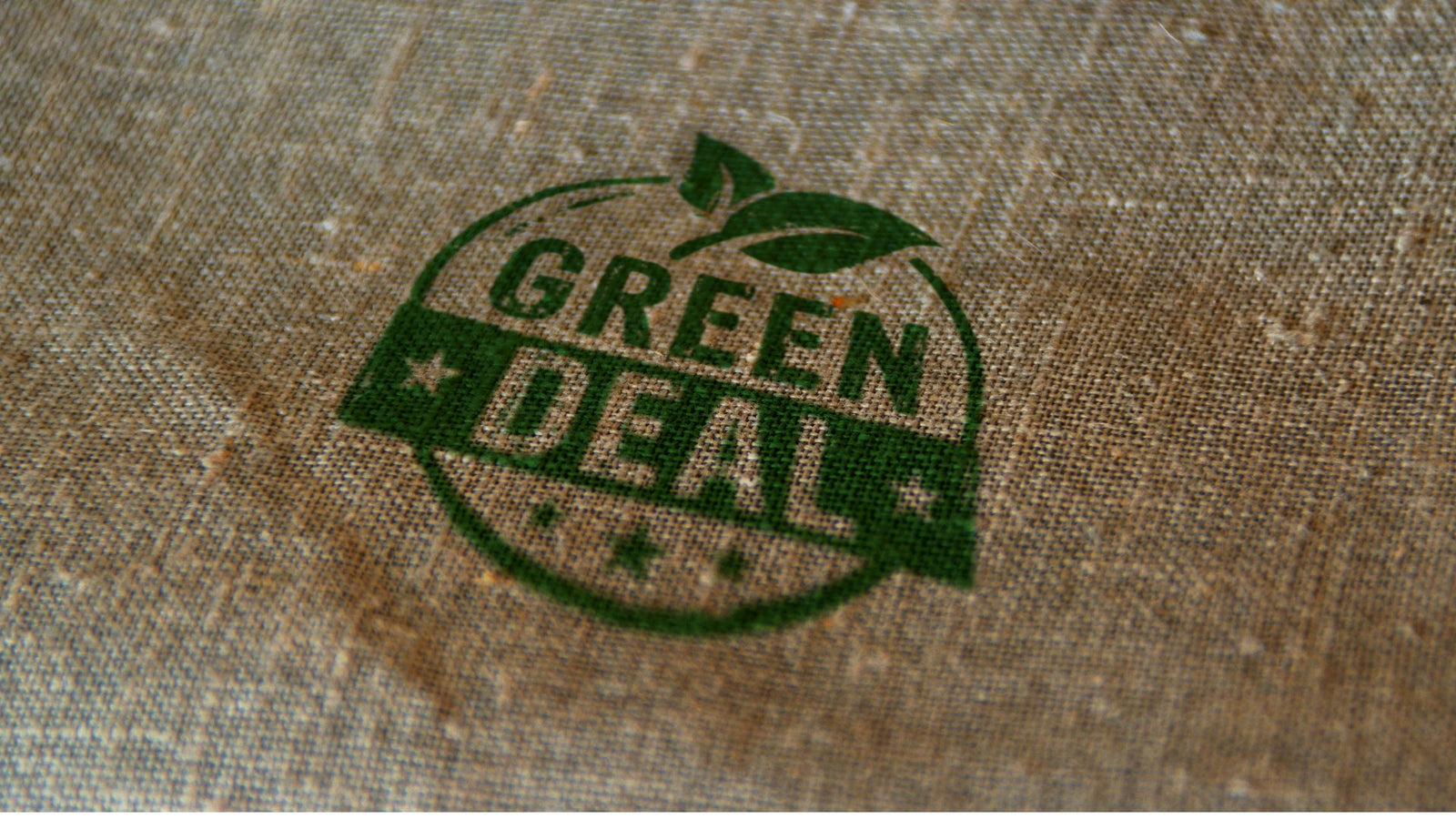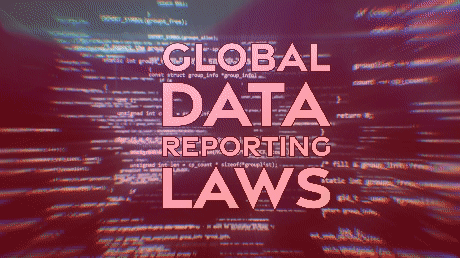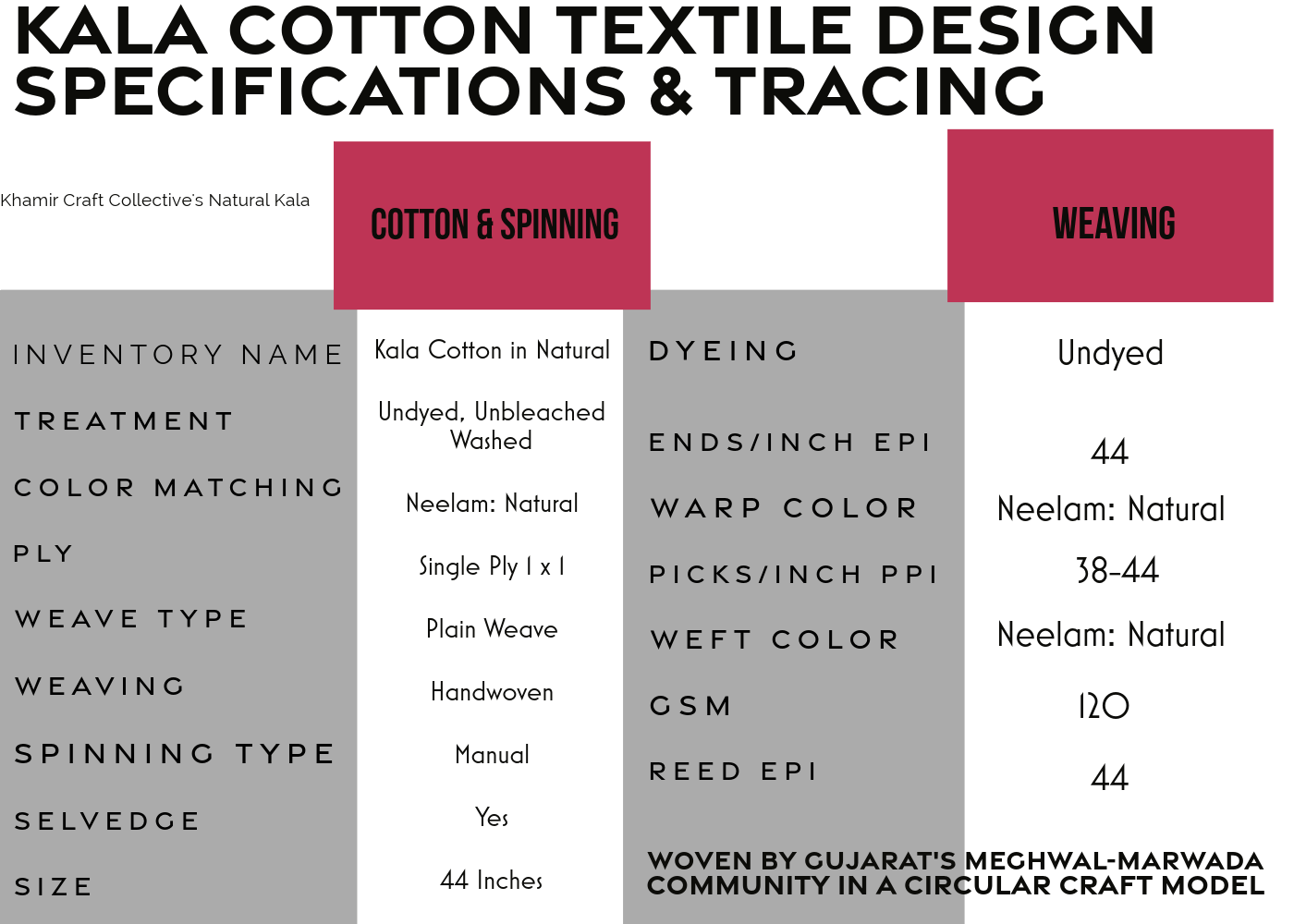2024 is the year carbon neutrality, environmental sustainability, and climate reporting move from talk into action. No matter the size of your business or where you work, we're all in for a change that bends the emissions curve. Sustainability's goal of decoupling growth from consumption and new tech capabilities is set to alter products, brand competition, and how business gets done. The most significant policy drivers of newness are the Green Deal legislation and data reporting requirements. In a departure from free trade practices, the EU is building a digital wall to keep good things inside the wall and bad things out. If you have EU customers, you must start selling product data as part of your product offering. Otherwise, your goods won't gain entry to one of the world's three most significant markets. Similar changes are coming to California and other big markets, too. Let's be clear that we're talking about measuring to transform the 100 trillion-dollar global economy over time.
Why is This Happening?
The EU is acting on the belief that climate challenges and national security risks to strategic independence are existential and urgent. They formulated a data-first strategy that answers those challenges while maintaining their quality of life—and they are not shy about breaking things to achieve these regulatory and strategic goals. Consequently, The European Green Deal (EGD) is the most significant transformation of industrial, trade, climate, and consumer policies since the European Union's founding. The Corporate Sustainability Reporting Directive (CSRD), which requires many listed companies to report data on their 2024 sustainability posture in 2025, is already in effect. The EU isn't alone. California's new SB-253 Climate Corporate Data Accountability Act and SB-261 Greenhouse Gases-Climate Related Financial Risk require disclosure of emissions and climate-related financial risks in 2026. Indeed, most G-20 countries have regulations drafted for climate data reporting.
Understanding the who, what, when, where, how, why, and impact of regulatory compliance is timely. Specifically, how can companies generate robust data reporting in 2024, when so little exists today? Reconstructed and averaged data will satisfy the requirements for a while, but pretty soon, the laws call for verifiable, real-time information. It is also timely to envision what the legislation and data reporting will mean to commerce and trade politics. The fashion business will become compliant by doing most of the things it does today—just differently and more profitably—with the benefit of technology, data, and automation.
The EU legislates a safe, prosperous, green, and digital future that decouples growth from resource consumption. A flourishing economy without using new resources sounds impossible, but that is because the blockchain-type technology that makes the Green Deal work wasn't mature enough to use until recently.
To realize EGD goals, the EU developed a data-first, technology-driven strategy that rewrites, interconnects, aligns, and enforces legal frameworks around carbon neutrality, sustainable economies, strategic autonomy, fair competition, quality of life, circular economy principles, and national security. The EGD literally rewrote other EU laws for carbon neutrality by 2050. In the new Internet—circular product design and interactive data are the builders, policemen, accountants, librarians, and trade negotiators of EGD policy success.
Strategy & Implementation
The EU is clear about its strategy and goals. But implementation is fuzzier, and they're still figuring out details. How can change happen on the required scale? How can governments manage complex policy goals that work for real-world business? The answer is an innovation called Digital Product Passports that run on blockchain-like technologies.
The EU's theory of change is that digitized supply chains and interactive data create "twin transitions" to sustainable economies and carbon neutrality. In other words, interactive data linked to blockchain-style ledgers make the Green Deal possible. When I describe 2024 to fashion customers, you can almost see them go through the five stages of grief. Rather than stopping at "acceptance", let's recognize that data-first transitions will bring opportunities, too.
The new Internet could drive business profitability up by driving down the costs of collaboration, inventory, measurement, and management. Because we're talking laws, eventually, everyone will have to comply. However, early movers can gain customer regard, new brand dimensions, and operational savings. Laggards will have the same switching costs, but be "me too" and forego brand enhancements. Here is how to understand the new laws, the next-generation Internet, and areas of opportunity.
The 2024 Hinge
March 30, 2024, is a rubber-meets-road date because the EU's Ecodesign for Sustainable Products Regulation (ESPR)—which applies to everything except pharma, food, and animal feeds—becomes enforceable. The ESPR legislates a coherent transition to sustainable, long-lasting products that slow down the consumption of resources as they flow through the economy. Growth without consumption requires acting on challenges like 80% of a product's sustainability posture is determined at the design stage, and 75% of extracted resources are non-renewable because product information is lost at first sale.
Consequently, we'll have to start designing the end at the beginning. New products will be designed for durability, reusability, upgradability, and reparability. And, product information will remain available throughout a product's lifecycle. The ESPR's first pillar acts on climate by requiring a circular design of what we buy and use daily. The second pillar is a theory of change that uses new technologies to push governance, regulation, and management onto interactive data as the agent of change.
The first pillar requires slowing down raw materials consumption by reusing and creating safer, non-toxic, long-lasting goods that align with circularity principles. The shift from throw-away goods to durable products means planned obsolescence ends, and data-driven circularity begins in 2024. The second pillar is measuring to transform on the blockchain Internet.
EU regulations require that products and components, wherever they come from, conform to the Green Deal's circularity, sustainability, and digital-first reporting standards. Otherwise, goods won't get over the digital wall. This means the new standards expand to an international footprint immediately.
Projecting EU values in muscular ways alters strategic, geopolitical, and trade environments. Two takeaways: 1) Products must meet the new EU regulations or lose market share. 2) The EU's volume of data on trade and sustainability data will explode.
Digital Product Passports
Digital Product Passports (DPPs) are the ESPR's public-facing front door and the infrastructure that enables digitized governance, regulation, and management. Functionally, they are the user interface for data entry and also a database of databases that create product transparency and make the Green Deal work. Specifically, DPPs are unique identifiers with multi-purpose functionality that measure to manage social, environmental, and sustainability improvements.
DPPs point to real-time blockchains of supply chain data, circularity practices, measurement reporting, safe handling, and marketing claims—untied to marketing and branding. DPPs are foundational to services that make the things we buy and use daily traceable, transparent, collaborative, measurable, verifiable, and circular.
Brands will acquire product passport numbers from GS1, the international non-profit that issues bar codes and other trade designations. Product passports will carry real-time sums of events, actors, tools, agreements, and energy associated with production, transportation, and disposal. DPPs contain verifiable, auditable data, which makes greenwashing and other misrepresentations almost impossible. Finished goods and components need product passports to get over the digital wall.
The blockchain internet has new collaboration capabilities, which could power all-in-one Enterprise Resource Planning (ERP) services that integrate to the Green Deal's legislated requirements. For example, DPPs could use the same blockchain technology backbone for order entry, product sales, operational management, and data collaborations for greater profitability. Small makers won't have to use DPPs yet, unless they sell to larger companies. That said, there are reasons they will want to embrace digital transformation, fast.
Blockchain and Web3
At its most basic, blockchain is a secure, transparent, time-stamped record-keeping system distributed across a network and controlled by its communities. Today's centralized data center computing is vulnerable to disinformation, privacy breaches, data theft, surveillance capitalism, and other un-good things that arise when control is concentrated in a few Big Tech hands. A decentralized Internet designs out many of the worst features of today's web and can drive down the costs of computation, collaboration, measurement, and management.
Because decentralized blockchain computing works without Big Tech intermediaries, we'll own our data, content, relationships, fans, and followers. We'll control our information and who gets to see our digital footprints. We'll choose the standards our communities use online, which could lower the temperature of many social conversations. Because there isn't a central database to attack, we'll have more privacy and better security. Scamming, hacking, and forgery become nearly impossible.
Web3 is a term used to describe the blockchain Internet. Web3 can pass data and automate transactions. Interactive data means that events and value flows can "talk" to each other anywhere in your network. This novel infrastructure innovates four main areas:
1. Real-Time data interactivity
2. A decentralized structure
3. Automation
4. NFT-type digital goods
A Vision for Bottom-Up Reporting
Futurists predict the blockchain Internet will impact our daily lives even more than 30 years of today's Internet has done. Blockchain technologies vary in their approach to costs, impact and scalability—with Crypto mining being famously energy-intensive. However, some blockchain tech substitutes the unused computing capacity of your desktops, tablets, and phones for centralized data centers. Replacing expensive data centers with the tools we already own does good things for sustainability and can drive transaction costs towards zero. Low transaction costs support greater access and inclusivity.
Inclusivity matters. Twenty-five percent of the world's population is single-farm smallholders. These 2 billion people are responsible for global food security and create the world's most beautiful and delicious things. DPPs on the new Internet make it possible to engage smallholders in supply chain documentation and emissions reporting, which would seem to solve scope three emissions reporting.
Conceptually, smallholders need straightforward interfaces and transaction costs that approach zero. The distinction is important because lots of companies are making tech decisions now. It must be said that blockchains with high transaction costs and variable fuel prices only work for high-value products in the Global North. Blockchain transaction costs that don't approach zero make that type of technology unethical for the Global South. The practical effect of high transaction costs is that companies may never reach scope three reporting.
There is another element of the smallholder dream. In addition to vanishingly low transaction costs, smallholders need an emergent approach to data reporting that does not impose culturally inappropriate conditions on their participation.
Why is Everything Converging Now?
Legislating sustainability, circularity, and data collection is a new, unhesitating flex that projects EU trading power and values beyond borders. The pandemic, Russia's invasion of Ukraine, a swaggering China, and the simple fact that other countries are not meeting carbon commitments hardened the EU's long-planned climate mitigation into a muscular geopolitical strategy. The Green Deal, especially the ESPR, will lhave far-reaching implications. The EU's goals of carbon neutrality, sustainable economies, strategic autonomy, consumer safety, circularity practices, and labor fairness have robust EU domestic support, in part because there is recognition that energy and material supply chains are part of national security. Between 70% and 93% of ordinary EU citizens view the challenges as existential and strongly favor the Green Deal. 2024 is a hinge year when sustainability reporting gets real globally.
©2023 Scott Frankum. All rights reserved.






